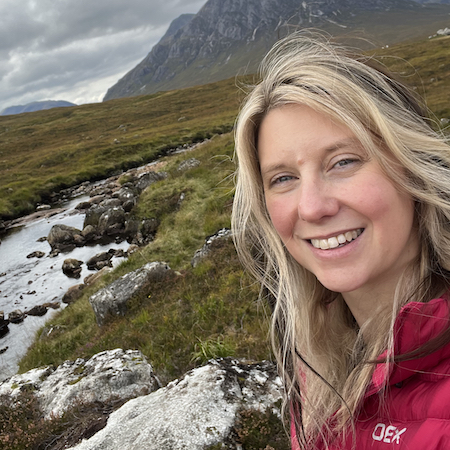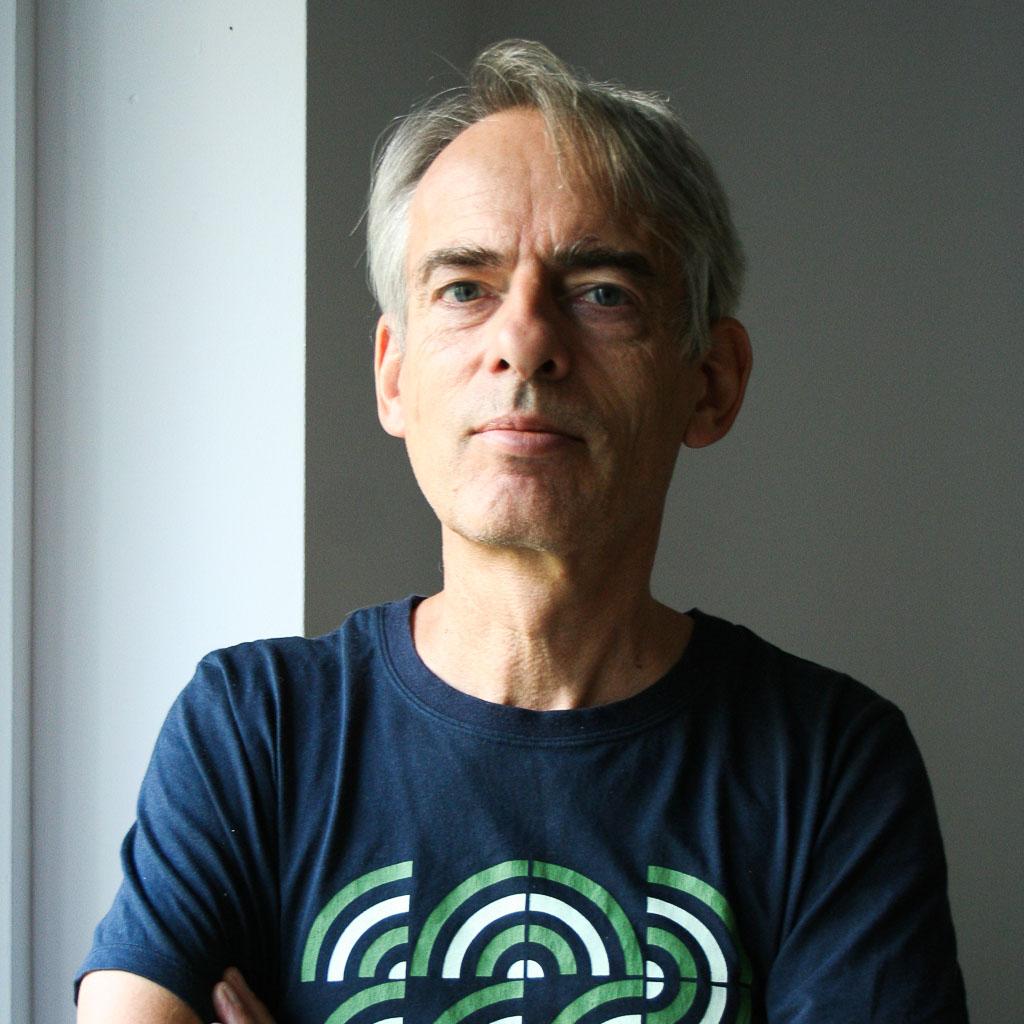
Too many tourists wanted an iconic shot of Mt. Fuji—but Mt. Fuji no longer wants to be in your selfies.


Too many tourists wanted an iconic shot of Mt. Fuji—but Mt. Fuji no longer wants to be in your selfies.
An iconic gas station in Japan is embroiled in an intriguing controversy: It’s just too darn scenic. It’s a simple Lawson, akin to a 7-Eleven. But at the right angle, Mount Fuji seems to rise right out of its roof. Pair the serenity of the blue-hued volcano with the simplicity of Lawson’s blue branding, and it’s a perfect travel photo.
Or it was, anyway.
Just this week, officials in Fuji Kawaguchiko made good on their threat to hide the iconic Lawson Fuji view behind an ugly, selfie-proof mesh fence. There were too many tourists causing traffic hazards to get the shot from the middle of the street. On top of that, they were messy, leaving garbage and cigarette butts in their wake, BBC reported. And perhaps that’s an even worse offense in a place where the default is for city life is to be tidy and organized.
In any case, “Mount Fuji Lawson,” as it’s been called, is over, or it’s trying to be. “If the screen is meant to keep them [tourists] away, it isn’t doing that—yet,” BBC reported after going to see the fence rather than the view. What their reporter found was a tense scene with tourists trying even harder to get the shot they’re now explicitly not meant to take, and there are reports of eye-level, camera lens-sized holes found in the screen.
“I think one person posted a cool picture of themselves in front of this Lawson and it went viral and everybody decided ‘I want to go there. I want that picture on my Instagram,’” Maddison Verb, who had traveled there from the United States, told BBC.
“There’s a guy working here just to prevent people from crossing the road. It is insane,” Coralie Nieke, who had been visiting from Germany, told BBC, before admitting that she wouldn’t have gone at all if it weren’t for social media: “I wouldn’t even have known that this place existed.”
The bad behavior seems to be a side effect of booming tourism in Japan, which only reopened to international visitors in October 2022. There were more than 3 million international visitors in both March and April this year, which broke previous records, according to Japan Times.
Of course, Japan isn’t the only country forced to take desperate measures to combat messy tourism, though everyone handles it differently. Iceland created a number of awareness campaigns about responsible tourism after influencers started trampling nature, flying drones over wild horses, and taking unnecessary risks on glaciers and in extreme weather. The nation launched the Icelandic Pledge for travelers to take a mini online course about responsible behavior and cultural etiquette.
Spain, on the other hand, plans to somewhat name-and-shame its unruly guests. As of mid-May, the Balearic Islands—including Majorca and Ibiza—intend to count up sanctions against rowdy partiers and submit numbers to the tourists’ respective embassies. People caught drinking in unauthorized places may be fined up to EUR1,500, and party boats will be banned from coming within one nautical mile of hotspot areas.
In the United States, Miami Beach has explicitly “broken up” with party tourism, following in the footsteps of European cities like Amsterdam, which in recent years has said ‘no thanks’ to British partiers.
Elsewhere in the US, the federal government can be slow-moving, and the National Park System is still working out how to manage its unruly guests. Visitors to places like Yellowstone National Park, for example, often underestimate the risks of getting close to hot springs, geysers, and big game, particularly bison. In recent years, many such visitors have endured intense public shaming via social media after taking selfies with animals, who sometimes charge. Yellowstone is currently studying the impact of increased visitation on the number of violations in the park, including studying how wildlife cause traffic jams when visitors stop in the middle of the road to take photos of large animals.
At Lawson, the tourists haven’t been deterred just yet. But the town is taking a hard stance, according to The Guardian: The mesh stays up till tourists’ behavior improves.
“It’s regrettable we have to do this, because of some tourists who can’t respect rules,” a town official said.
***
Adventure.com strives to be a low-emissions publication, and we are working to reduce our carbon emissions where possible. Emissions generated by the movements of our staff and contributors are carbon offset through our parent company, Intrepid. You can visit our sustainability page and read our Contributor Impact Guidelines for more information. While we take our commitment to people and planet seriously, we acknowledge that we still have plenty of work to do, and we welcome all feedback and suggestions from our readers. You can contact us anytime at hello@adventure.com. Please allow up to one week for a response.

Kassondra Cloos is a travel journalist from Rhode Island now living in London. Her work focuses on slow travel, urban outdoor spaces and human-powered adventure. She has written about kayaking across Scotland, dog sledding in Sweden and road tripping around Mexico. Her latest work appears in The Guardian, Backpacker and Outside, and she is currently section-hiking the 2,795-mile England Coast Path.








Can't find what you're looking for? Try using these tags: